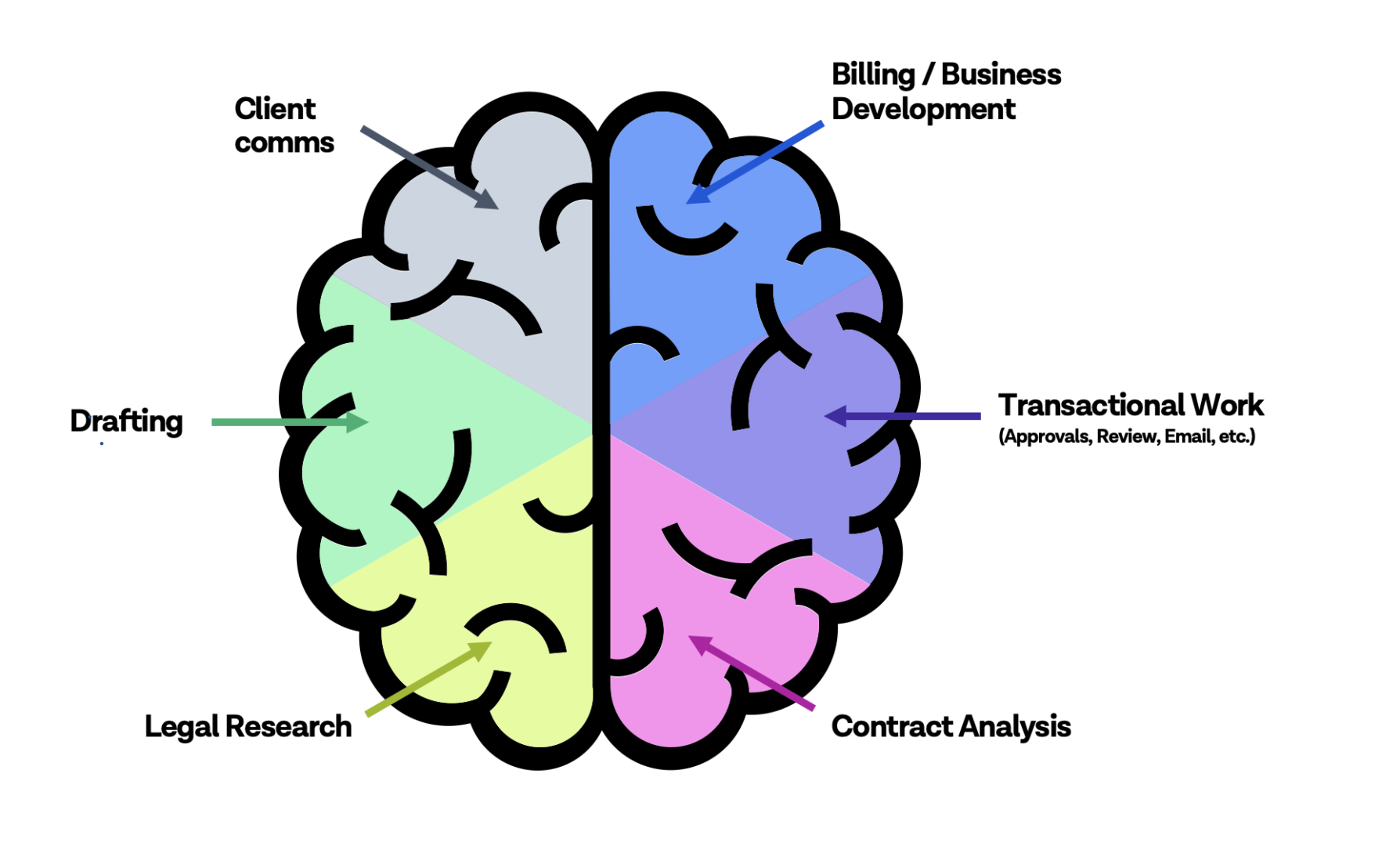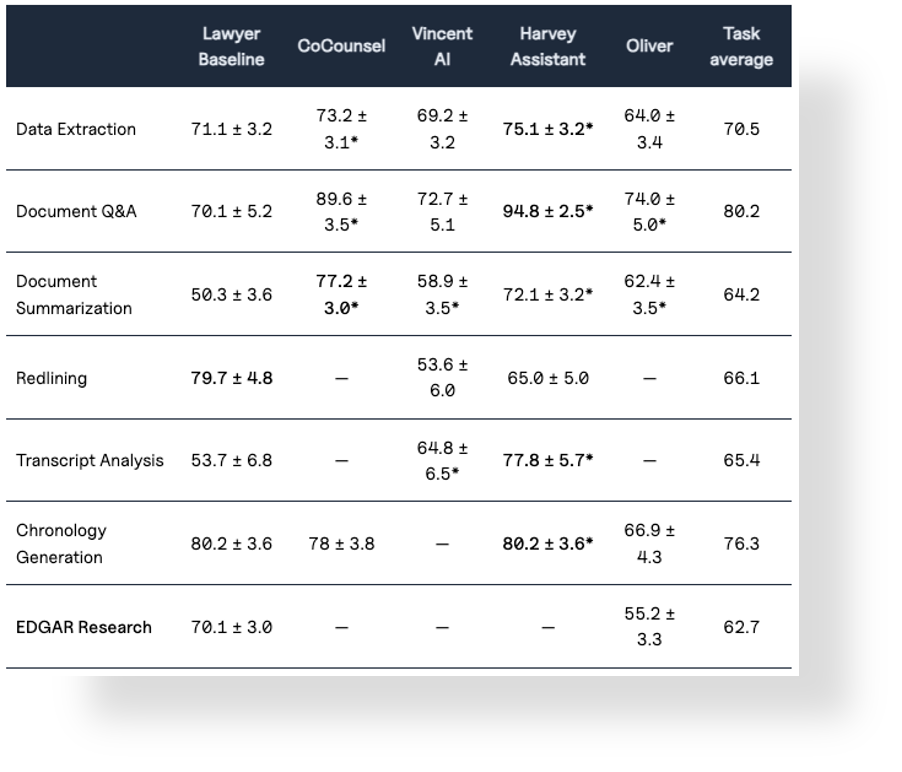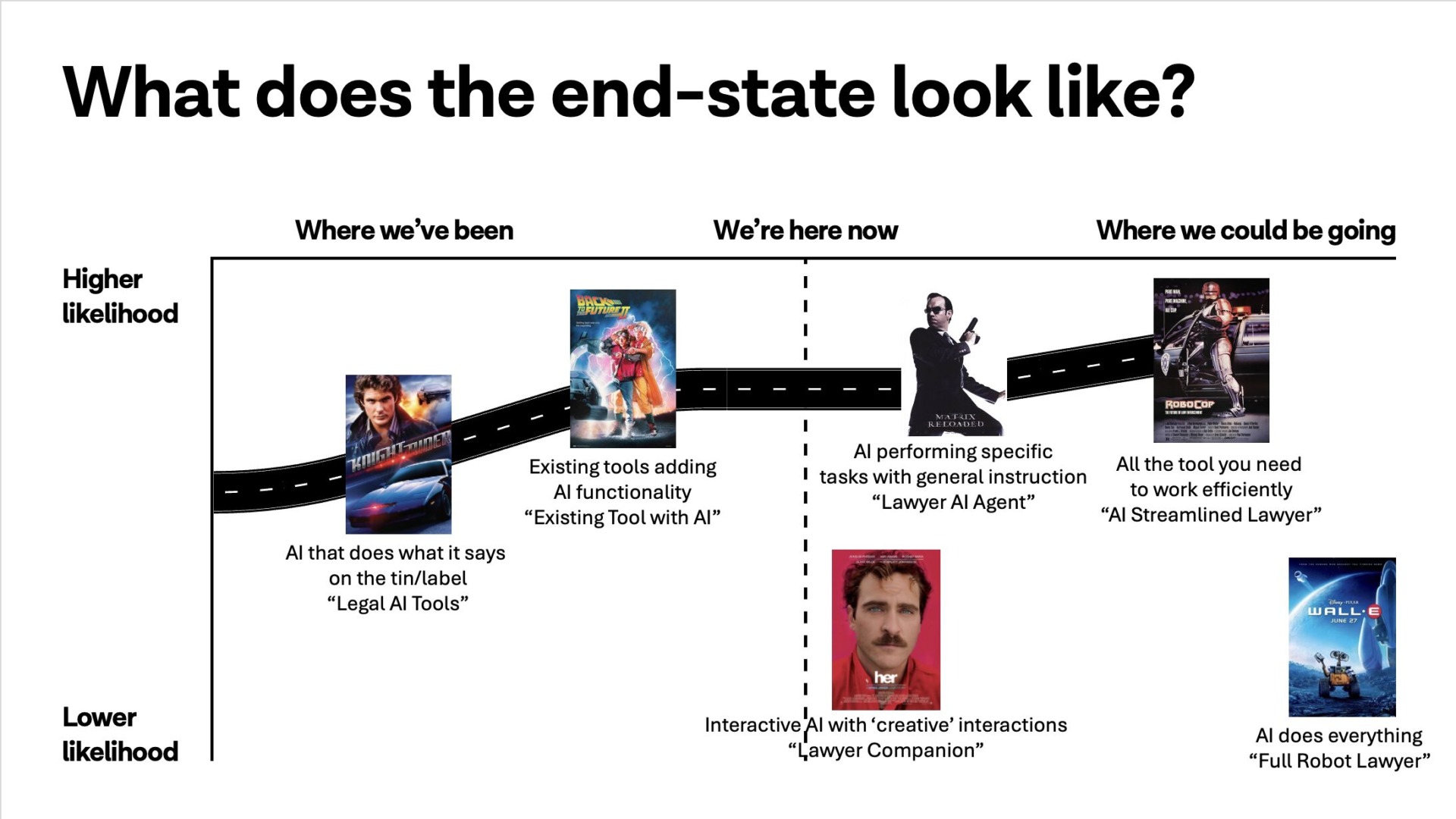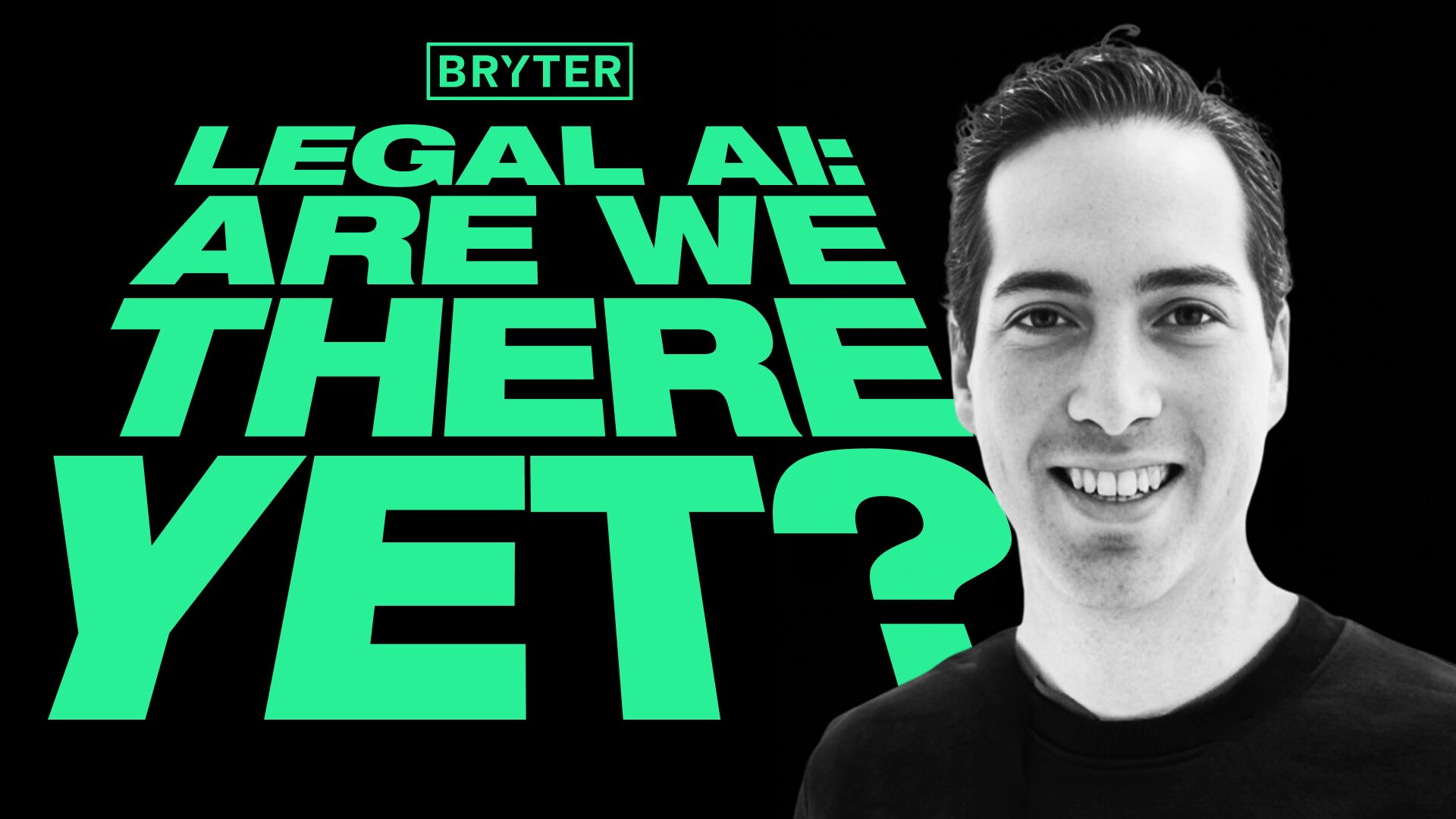The title said it all — or rather, it asked it. Legal AI: Are We There Yet? Not just a catchy title, but one with real urgency behind it.
As Max Paterson put it, the topic is “a little ambiguous, but that’s almost by design.”
Because this wasn’t just a webinar about AI. It’s about disorientation. Possibility. Exhaustion. Hype. Hope. All wrapped up in the strange and accelerating road trip that is AI in legal practice.
Looking out the window: what we’re seeing so far
Max opened by explaining that the idea for this session came from his conversations with “law firms every day, multiple firms, every day… customers, prospects, people I know, other vendors, people in the public space, private space, corporate legal, education.” In other words: everyone.
What he found? “There’s an overwhelming sense that… we’re in a bit of a different time in legal technology than we’ve been in before.”
Not that AI is new. Far from it. “As early as 2015, even before, we’ve seen machine learning companies, we’ve seen contract extraction companies, things like that come and go.” But the moment we’re in now? It’s different. More crowded. More confused. More urgent.
Hence the road trip metaphor: “We’re the kids in the back right now… talking to the driver. Are we there yet? Not because we’re bored, but because there’s action happening all around us.”

The first signpost: we’re actually using it (or sort of)
To get a grip on where the legal sector really stands, Max launched a poll.
First question: Have you used a GenAI tool like ChatGPT or Gemini in the past week?
The answer: a strong yes.
Second question: Have you used a legal-specific GenAI tool in the past week?
This time, the answer flipped. “Almost the exact opposite.”
This discrepancy — general use vs professional use — mirrors what Max is hearing on the ground.
“Despite hype… the penetration of these tools in the professional environment has not exactly gone as deep as we might all think.” And that’s not a bad thing. “That’s normal. That’s fine. That’s exactly where we are.”
What is new, though, is structure. Teams. Roles. Intent.
“There are now dedicated teams at firms — beyond IT, beyond innovation and knowledge management — whose purview is to look and analyze and come up with policies for AI tools in law.”
These teams aren’t trialing tools. They’re testing. Deliberately. Methodically. “They’re looking across the landscape, looking at different things to what we might.”
What does “there” even look like?
It’s one thing to know we’re not there. But what exactly are we heading toward?
To answer that, Max zoomed in on the actual work lawyers do — breaking it down into a few big buckets:
- Billing and business development
- Client comms
- Drafting
- Legal research
- Contract analysis
- Transactional work

The question then becomes: where can AI help?
The answer, at least at this stage: quite a few places.
“Draft me an email for a Canadian corporate client that’s getting audited for taxes. What do they need to prepare? Great — why not have the first draft of that generated by AI?”
Document summarisation, legal research, redlining, contract analysis — all on the table. “That’s one of the lowest hanging fruit,” Max noted. “Rather than the manual effort of reading and analysis yourself, you can start to get the first pass in tools like this.”
But the key point: it’s not just about understanding what AI can do. It’s about connecting that capability to action.
“Great — you’ve analyzed the contracts… now what? You’ve drafted the document — so what? You’ve done the legal research — how does that feed into your workflow?”
That “so what” is where BRYTER comes in. “We’ve been answering that ‘so what’ for eight years now.”
Benchmarks, baselines, and the “lawyer brain”
A recent benchmarking study by legal tech company vals.ai (and others) caught Max’s attention. It compared AI tools against real lawyers doing real legal tasks — looking at things like data extraction, document analysis, summarisation, transcript analysis.

“There’s already people that have come up and started to — not pick apart, but look through the tasks and the way they went about it.”
Still, Max thinks these early efforts are significant. “Even pointing out a few specific tasks, we can match them up to those core components of what lawyers do.”
He described it as a kind of “lawyer brain” — and showed how AI is increasingly mapping onto that brain, augmenting and accelerating work in drafting, research, and analysis.
But it’s not about replacing lawyers.
“I’d argue no — we’re not trying to create robot lawyers. But are we trying to make lawyers go faster? Handle tasks with more accuracy? Free up their time for higher billable or more sophisticated work? Yes.”
From Knight Rider to Robocop: a cinematic guide to Legal AI

Things then took a turn for the cinematic.
Max offered a light-hearted (but surprisingly effective) framing for the evolution of legal AI: through the lens of Hollywood.
We started with Knight Rider — “a car which could do specific things… but it was still a car.”
Then came Back to the Future II — smart TVs, self-drying jackets, auto-lacing sneakers. “Familiar things… being scaled up with AI.”
But what we’re edging into now might be more like Robocop.
“Robocop is this superhuman — a cyborg in the truest sense — where all of the capabilities are at the fingertips. That expertise of what it is to be a lawyer is still within their grasp and still within their hands.”
It’s not about handing everything over to the machine. It’s about augmentation. Supercharging.
As Max put it: “A lawyer sitting down with the most basic word processor and something as simple as autocorrect is a more powerful lawyer than someone sitting down with a pen and paper and a dictionary.”
Who’s moving fastest?
Audience questions covered adoption rates across law firms vs in-house teams (short answer: it depends), the role of AI in managing email and risk, and the best way to support adoption.
On that last point, Max emphasised proximity. “Create a very close connection between the users and the people developing the tool.”
And also: don’t overthink it. “We find that if we provide a lot of resources and examples for good quality results, people learn very quickly.”
One telling example: Max’s own experience teaching law students.
“Every year we ask the students, hey, who’s afraid of AI? Who’s used it? Every year until this one, students said, ‘I’m a little bit concerned.’ But this year? Every student had used a legal-specific AI tool. They were familiar with it. They saw the value.”
That shift, Max believes, might be the clearest sign yet that we’re not just driving in circles. We’re getting somewhere.
So… are we there yet?
Not quite.
But there’s a roadmap forming. There are tools that work. There are lawyers using them. There are benchmarks being set. And there’s a whole generation entering the profession already fluent in what’s possible.
We may still be kids in the backseat — but at least now we know what we’re looking for out the window.












